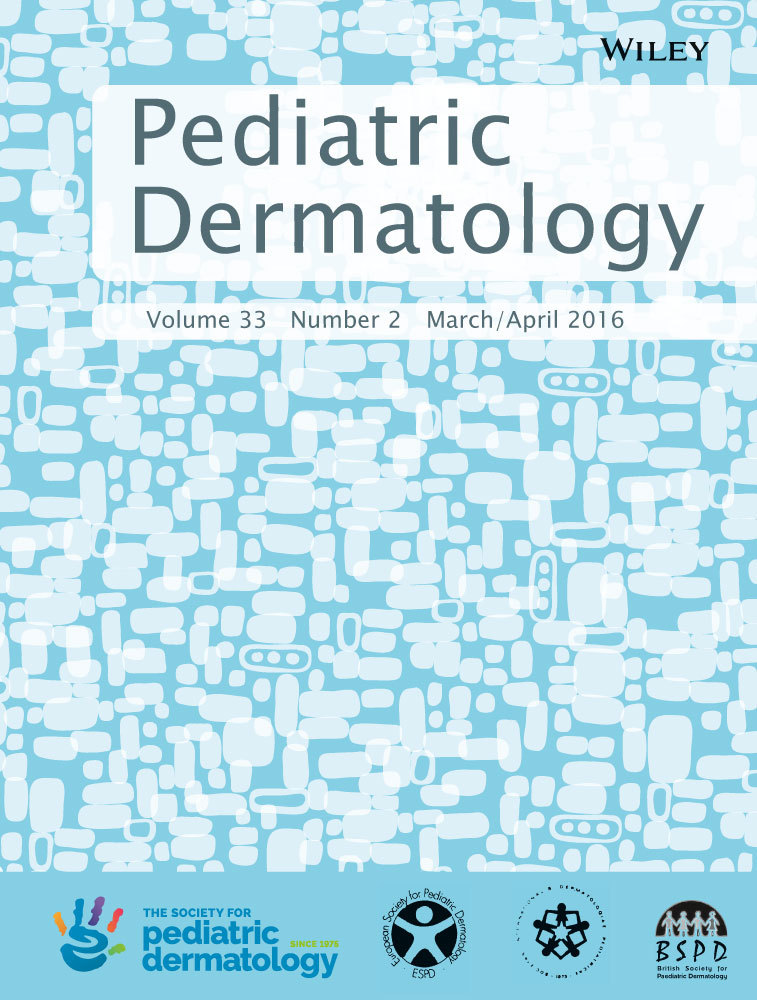Facial Skin Lesions in Children Caused by Nontuberculous Mycobacteria
Abstract
Background
Nontuberculous mycobacteria rarely cause facial skin lesions in immunocompetent children.
Aim
I describe the clinical features and treatment of nontuberculous mycobacteria facial lesions.
Materials and Methods
The diagnosis of a facial nontuberculous mycobacteria infection was established using polymerase chain reaction.
Results
Of 286 children with confirmed nontuberculous mycobacteria infection, 14 (4.9%; median age 50 mos, range 9–156 mos; 5 [36%] male, 9 [64%] female) had nontuberculous mycobacteria facial skin lesions. Six (43%) had lesions on the cheek and five (36%) in the medial eye corner. Polymerase chain reaction results confirmed the presence of Mycobacterium haemophilum in eight patients (57%) and Mycobacterium avium in six patients (43%). The facial lesions were treated using a combination of clarithromycin and rifabutin for 12 weeks, with a median healing time of 4 months.
Conclusion
Nontuberculous mycobacteria facial lesions are rare in immunocompetent children. The diagnosis requires a high index of suspicion. Nonsurgical treatment is preferable, because surgical excision of the cutaneous lesions might lead to undesirable visible facial scars.




